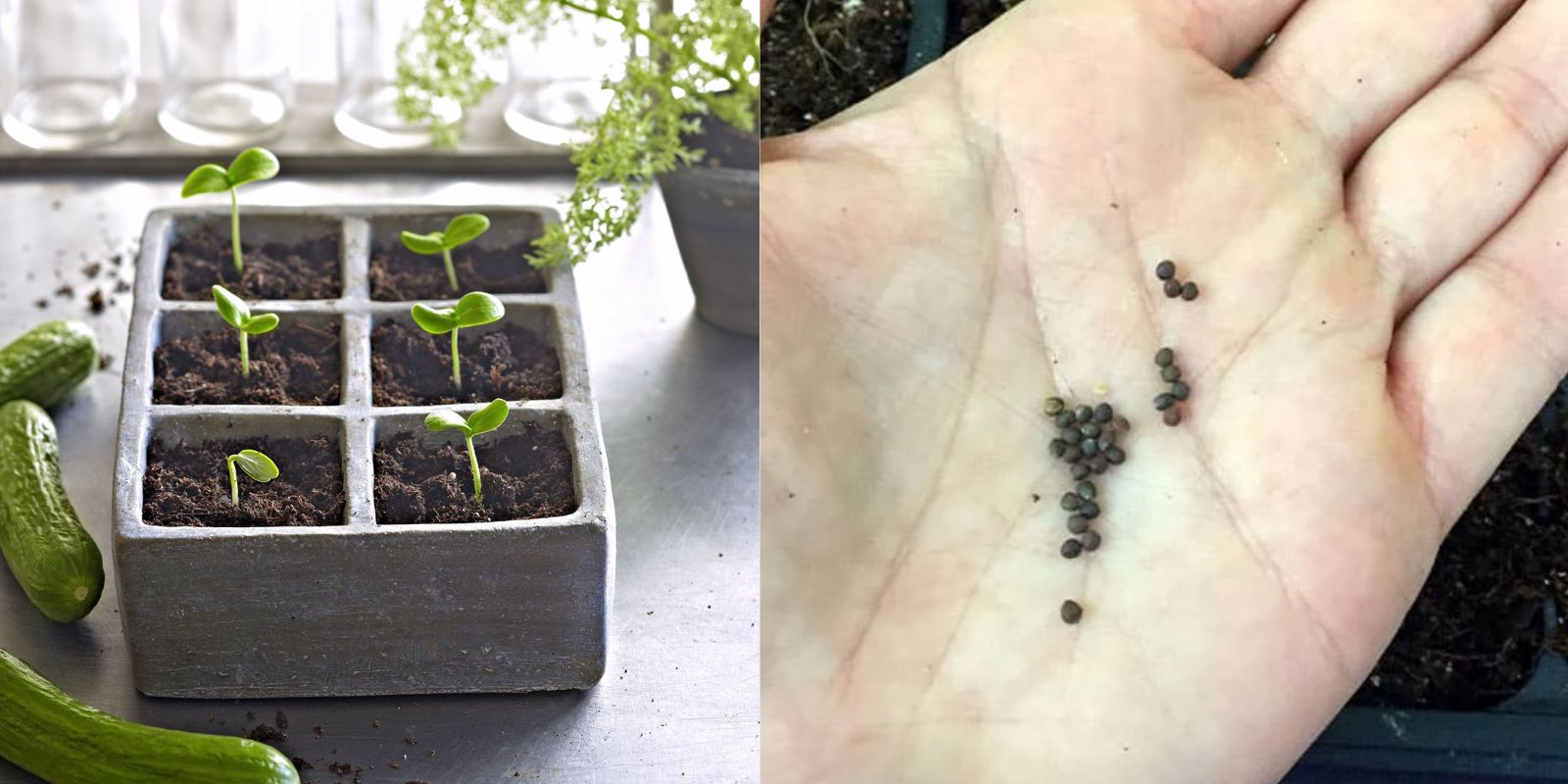Introduction
Gardening enthusiasts and home growers alike eagerly anticipate the growing season, but in many regions, outdoor planting must wait until the weather warms up. Starting seeds indoors offers a fantastic opportunity to get a jump start on the growing season, allowing you to nurture young plants into strong seedlings before they are transferred outdoors. This beginner’s guide will walk you through everything you need to know about starting seeds indoors, from selecting the right seeds to ensuring successful germination and transplanting.
Why Start Seeds Indoors?
Starting seeds indoors provides several advantages:
- Extended Growing Season: Indoors, you can start seeds early, giving plants a head start before they are exposed to outdoor conditions.
- Controlled Environment: Indoor conditions can be regulated for optimal seed germination and seedling growth, which might not always be possible outdoors.
- Cost-Effective: Growing from seeds is often more economical than purchasing seedlings or mature plants.
Selecting the Right Seeds
Choosing the right seeds is the first step in successful indoor seed starting:
- Consider Your Climate: Select seeds appropriate for your local climate and the time you’ll be able to transplant them outdoors. For example, cold-season crops like lettuce and broccoli can be started indoors and transplanted when temperatures rise.
- Determine Your Space: Choose seeds that suit the space you have. Compact plants like herbs and small veggies are ideal for indoor gardens.
- Read Seed Packets: Seed packets provide crucial information about planting depth, germination time, and light requirements. Ensure you read these details carefully.
Preparing Containers and Soil
The next step is to prepare your containers and soil for planting:
- Containers: Use seed trays, small pots, or even recycled containers like egg cartons or yogurt cups. Ensure each container has drainage holes to prevent waterlogging.
- Soil: Opt for a seed-starting mix, which is light and well-draining, or a high-quality potting mix. Avoid using garden soil, which may be too dense and could contain pests or diseases.
Sowing Seeds
With containers and soil ready, it’s time to sow your seeds:
- Fill Containers: Fill each container with your seed-starting mix, leaving about half an inch from the top.
- Plant Seeds: Plant seeds at the depth recommended on the seed packet. As a general rule, plant seeds at a depth about twice their size. Gently press the seeds into the soil.
- Watering: Lightly water the soil until it is moist but not soggy. Use a spray bottle or a gentle watering can to avoid disturbing the seeds.
Providing Light
Proper lighting is crucial for healthy seedling growth:
- Natural Light: Place containers in a south-facing window that receives at least 6-8 hours of sunlight per day. However, natural light might not always be sufficient.
- Grow Lights: If natural light is inadequate, use fluorescent or LED grow lights. Position the lights about 2-4 inches above the seedlings and keep them on for 12-16 hours a day. Adjust the height of the lights as seedlings grow to maintain proximity.
Maintaining Temperature and Moisture
Seeds and seedlings require specific conditions to thrive:
- Temperature: Most seeds germinate best at temperatures between 65-75°F (18-24°C). Use a seedling heat mat if needed to maintain a consistent temperature.
- Humidity: Covering containers with a plastic dome or plastic wrap can help retain moisture and create a humid environment conducive to germination. Remove the cover once seeds sprout to prevent mold growth.
- Watering: Keep the soil consistently moist but not waterlogged. Check the soil daily and water as needed. Avoid letting the soil dry out or become overly soggy.
Caring for Seedlings
Once seeds have germinated, the focus shifts to caring for seedlings:
- Thinning: If multiple seeds have germinated in one container, thin them out to prevent overcrowding. Cut weaker seedlings at the soil line, leaving the strongest one.
- Fertilizing: After seedlings have developed their first set of true leaves, begin feeding them with a diluted, balanced liquid fertilizer. Follow the instructions on the fertilizer label to avoid overfeeding.
- Ventilation: Ensure good air circulation around seedlings to prevent diseases. A small fan can help with airflow and strengthen seedling stems.
Transplanting Seedlings
As seedlings grow, they will eventually need to be transplanted:
- Hardening Off: Before moving seedlings outdoors, gradually acclimate them to outside conditions. Start by placing them in a sheltered spot for a few hours a day, increasing the time spent outside over a week.
- Transplanting: Choose a cloudy day or transplant in the evening to reduce transplant shock. Gently remove seedlings from their containers and plant them in the garden or larger pots, ensuring they are at the same depth as they were in their containers.
- Watering and Mulching: Water seedlings thoroughly after transplanting. Applying a layer of mulch can help retain moisture and regulate soil temperature.
Troubleshooting Common Issues
Even with the best care, you might encounter some problems:
- Leggy Seedlings: If seedlings become tall and spindly, they may not be receiving enough light. Increase light intensity and duration.
- Damping-Off Disease: This fungal disease can cause seedlings to wilt and die. Ensure good air circulation and avoid overwatering to prevent this issue.
- Slow Germination: If seeds are slow to germinate, check the temperature and moisture levels. Some seeds require specific conditions or longer germination times.
Conclusion
Starting seeds indoors is a rewarding and practical way to extend your gardening season and grow a variety of plants from the comfort of your home. By following these steps—from selecting seeds and preparing containers to providing light and transplanting seedlings—you’ll be well on your way to enjoying a thriving garden. Embrace the process, experiment with different plants, and watch your indoor seedlings flourish into robust, productive plants.
Ready to start your indoor gardening adventure? Share your seed-starting journey and tips with the gardening community using #SeedStarting #IndoorGardening #GardeningTips #GrowYourOwnFood and inspire others to cultivate their own green spaces! 🌱💧🌞

